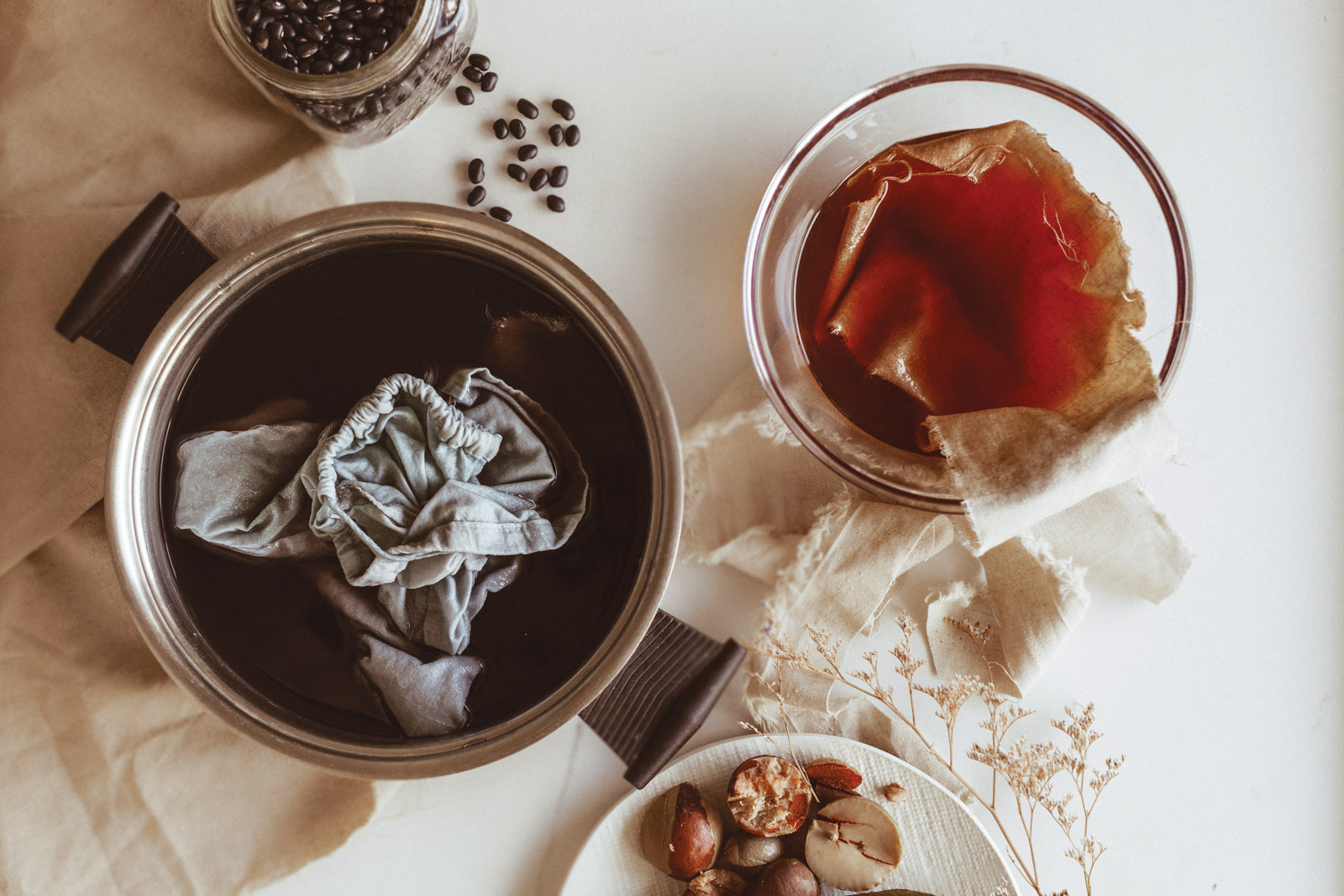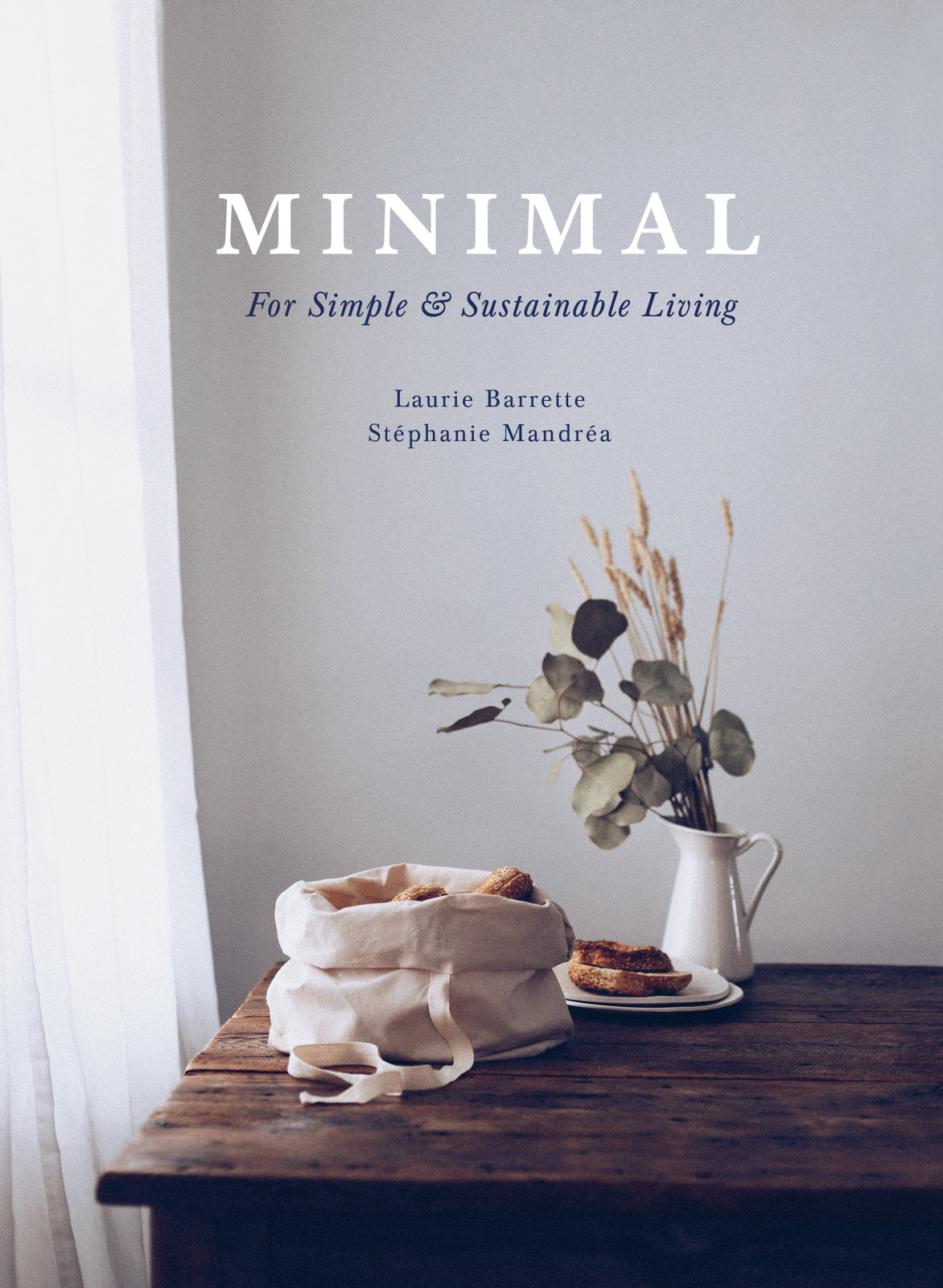You’ve seen the aesthetic. White linen and dried lavender. Terra cotta potted plants. Sourdough. Lambskin. Castile soap, wooden scrubbing brushes, and mason jars as far as the eye can see. This is cottagecore, and it’s everywhere. But long before the craze really hit Instagram in the winter of 2020, Laurie Barrette and Stéphanie Mandréa lived deep in the world of simplified living, founding the popular reusable bag company Dans le sac in Quebec in 2016.
In their new book Minimal: For Simple & Sustainable Living, they dive into the practical and philosophical details of the simple life, from homemade cleaning sprays to meditations on parenthood and sustainability. And while Barrette and Mandréa’s Instagram is full of bucolic eye candy, their approach is much more than aesthetic.

Laurie Barrette and Stéphanie Mandréa.
“Cottage core, hygge, slow life: these are inspiring concepts that remind us of the importance of wellness at home, a trend increasingly relevant since the start of the pandemic,” they write. “New lifestyles have prompted us to think about several aspects of our lives in new ways: Are we self-sufficient? Do we know how to occupy ourselves at home? Do we have enough practical knowledge?
“We have never spent so much time at home, so the desire to create a home that looks and feels good to us is greater than ever. We have also had to learn to slow down and find pleasure in simple things like making homemade bread or growing vegetables. We are developing new skills and rediscovering daily activities that bring us back to the present—all of which bring serenity to our homes and offer therapeutic outlets in these trying times.”
From their book, out this month from House of Anansi Press, Barrette and Mandréa share one of their favourite DIY projects: natural dyes.

Natural Dye Workshop
Dye your worn-out clothes or sheets with natural dyes made from food. These dyes work better on natural fibres such as wool, cotton, and linen. Results will vary depending on the plants and materials used. As a general rule, use the same weight of plants as the weight of your material. For a deeper colour, add more; for a lighter colour, add less.
Turmeric for brilliant yellow
Bring a large pot of water to a boil. Add turmeric powder and stir until dissolved. Carefully submerge the fabric to be dyed. Let the water simmer over low heat for an hour. Turn the heat off and let the water cool. Rinse the dyed fabric under cold running water, and then machine wash.
Black beans for powder blue
Soak dried black beans in a large pot of cold water for 24 hours. Strain the beans, pouring the soaking liquid into a clean bowl or pot. Carefully immerse the fabric to be dyed in the soaking liquid for 24 hours. Rinse the dyed fabric under cold running water, and then machine wash.
Avocado pits for pale pink
Remove all the flesh from your avocado pits. Place the pits in a large pot of water. Heat over low heat for an hour. Carefully immerse the fabric to be dyed in the hot water. Let the water simmer over low heat for an hour. Turn the heat off and let the water cool. Rinse the dyed fabric under cold running water, and then machine wash.
Hibiscus flowers for light red
In a large pot, combine hibiscus flowers and water. Bring to a boil, reduce the heat, and simmer for an hour. Carefully immerse the fabric to be dyed in the hot water. Simmer over low heat for another hour. Turn the heat off and let the water cool. Rinse the dyed fabric under cold running water, and then machine wash.
Excerpted from Minimal: For Simple and Sustainable Living by Stéphanie Mandréa and Laurie Barrette ©2021 Stéphanie Mandréa and Laurie Barrette. Published by House of Anansi Press, reprinted with permission. Read more from Canadian authors here.









